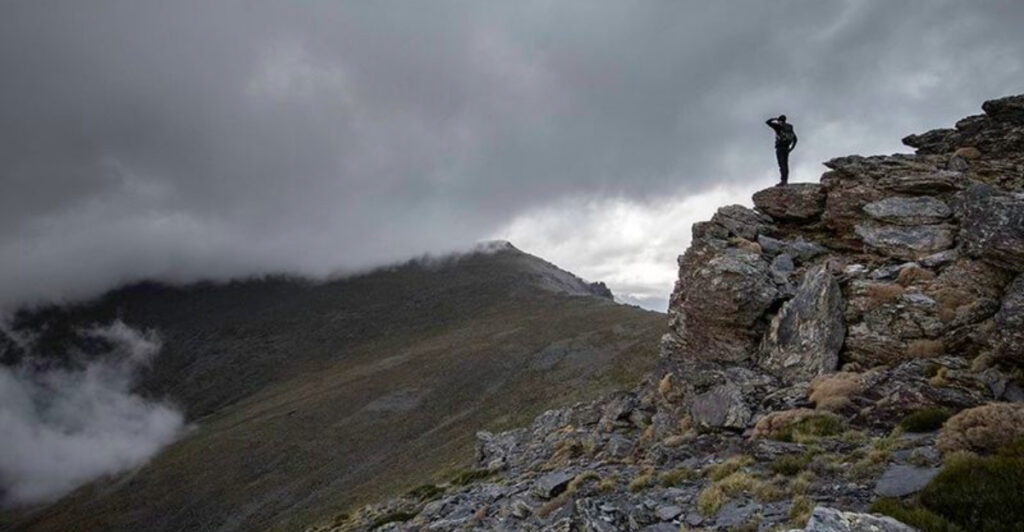Nothing beats the feeling of fresh air and beautiful views on a hiking trail. But even the most exciting outdoor adventure can quickly turn scary when emergencies strike. The good news is that most hiking disasters can be prevented with simple planning and smart choices before you even lace up your boots.
1. Getting Lost in the Wilderness
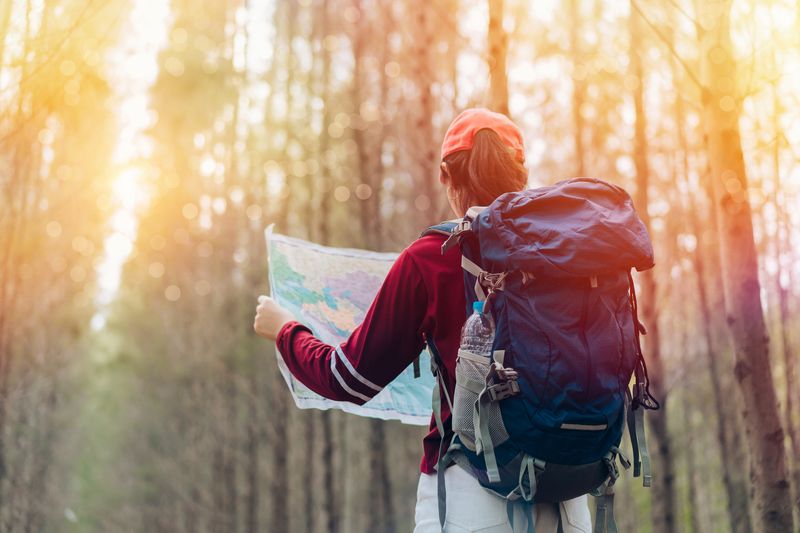
Even a short hike can turn into a nightmare if you wander off-trail or lose your sense of direction. Once landmarks fade and phone signals disappear, panic sets in fast.
Bring navigation tools like a map, compass, and fully charged GPS device as essentials. Download offline maps before leaving signal areas. Mark your trail mentally or with biodegradable tape if needed.
Tell someone your plan by sharing your route and expected return time. Pro tip: Always stay calm if you do get lost. Sit down, think, observe your surroundings, and then act using the STOP method.
2. Dehydration and Heat Exhaustion
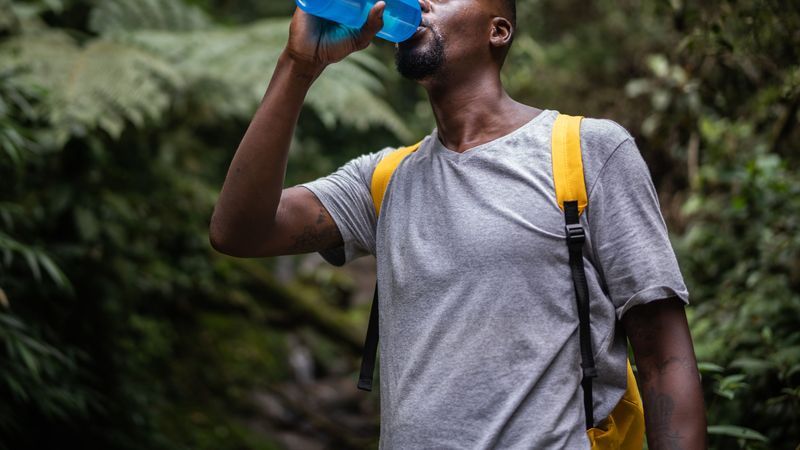
Long exposure to the sun, especially in summer or high elevations, can quickly drain your body’s fluids and electrolytes. Signs include dizziness, nausea, and confusion that sneak up faster than you think.
Hydrate early and often by starting to drink water before you feel thirsty. Carry electrolyte tablets or salty snacks along the way. Avoid alcohol and caffeine the night before hiking.
Plan your route around shade and start early to avoid peak sun hours. Rule of thumb: Drink at least half a liter of water per hour of moderate hiking to stay safe and strong.
3. Sudden Weather Changes
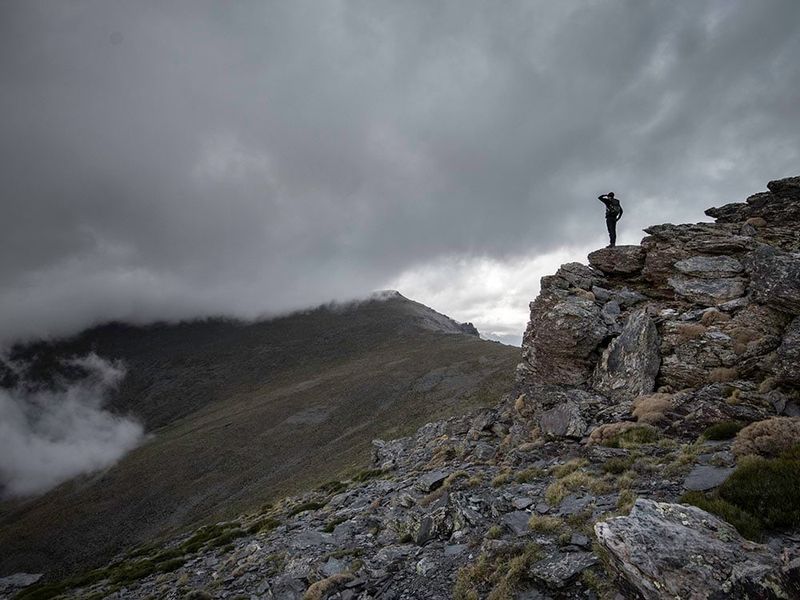
Mountain weather can shift in minutes—sunshine can turn into a thunderstorm or freezing wind without warning. Getting caught unprepared can lead to hypothermia or heatstroke before you realize what’s happening.
Check forecasts for your specific area, not just the nearest town. Pack layers including a lightweight rain jacket and thermal base layer as lifesavers. Know the warning signs like dark clouds, sudden drops in temperature, or wind shifts that often precede storms.
Avoid ridgelines and open areas when thunder is near. Bonus tip: Invest in a lightweight emergency blanket that takes up no space but can save your life.
4. Injuries on the Trail
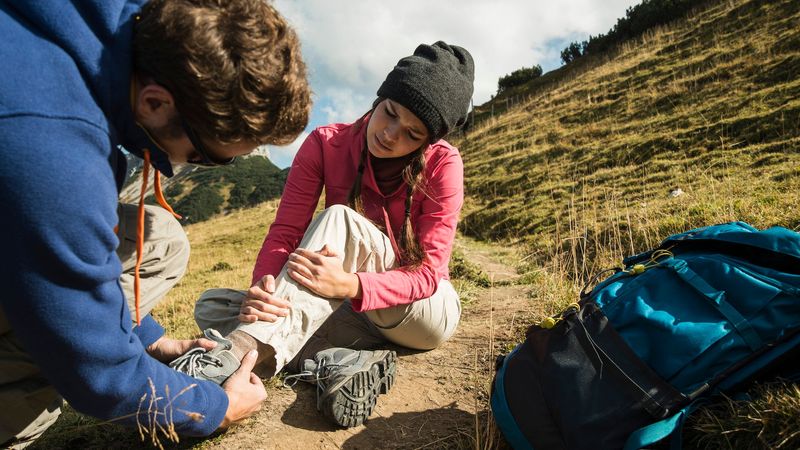
Slips, trips, and falls are among the most common hiking mishaps that catch people off guard. Sprained ankles, blisters, or even minor cuts can escalate quickly when you’re far from help and medical care.
Wear proper footwear with ankle support and traction that grips the ground well. Use trekking poles to reduce strain on knees and prevent slips on uneven terrain. Pack a mini first-aid kit with blister pads, bandages, and antiseptic wipes.
Stretch before hiking to warm up muscles and prevent strains. Remember: A twisted ankle in civilization is an inconvenience, but on a trail it’s a crisis—so prevention truly matters.
5. Encounters with Wildlife
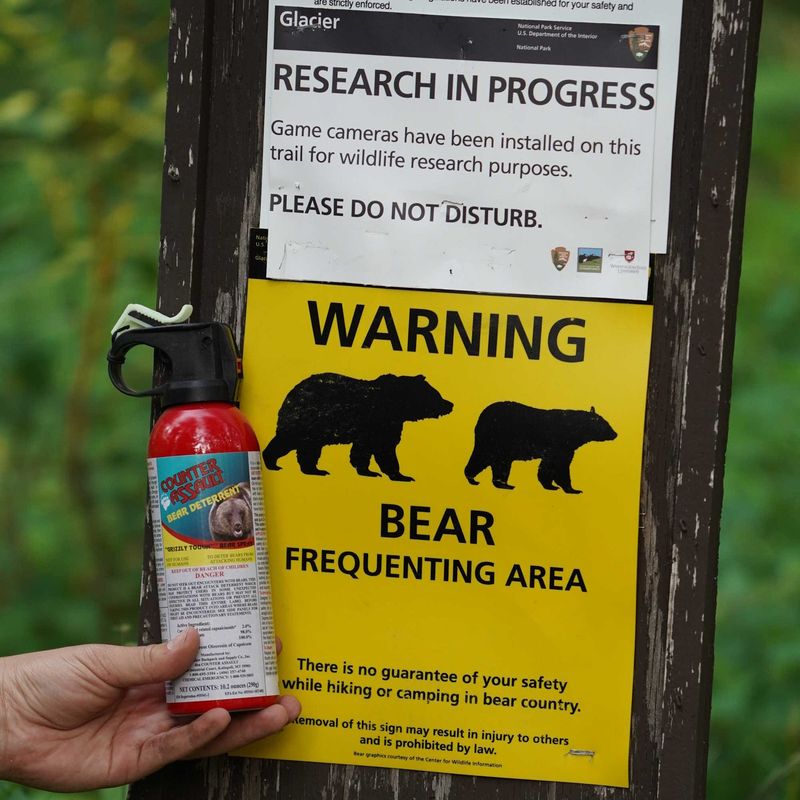
Animals are usually more scared of you than you are of them—but a startled bear, snake, or even aggressive deer can turn dangerous fast. One wrong move can escalate a peaceful moment into a frightening situation.
Make noise as you hike to avoid surprising animals lurking nearby. Store food properly and never feed wildlife no matter how cute they seem. Learn basic animal behavior, like never running from a bear—back away slowly instead.
Carry bear spray or a whistle if hiking in known wildlife territory. Key takeaway: Respect nature’s space because you’re visiting their home, after all, and they deserve that courtesy.

